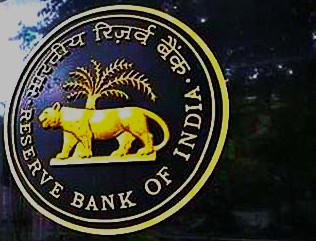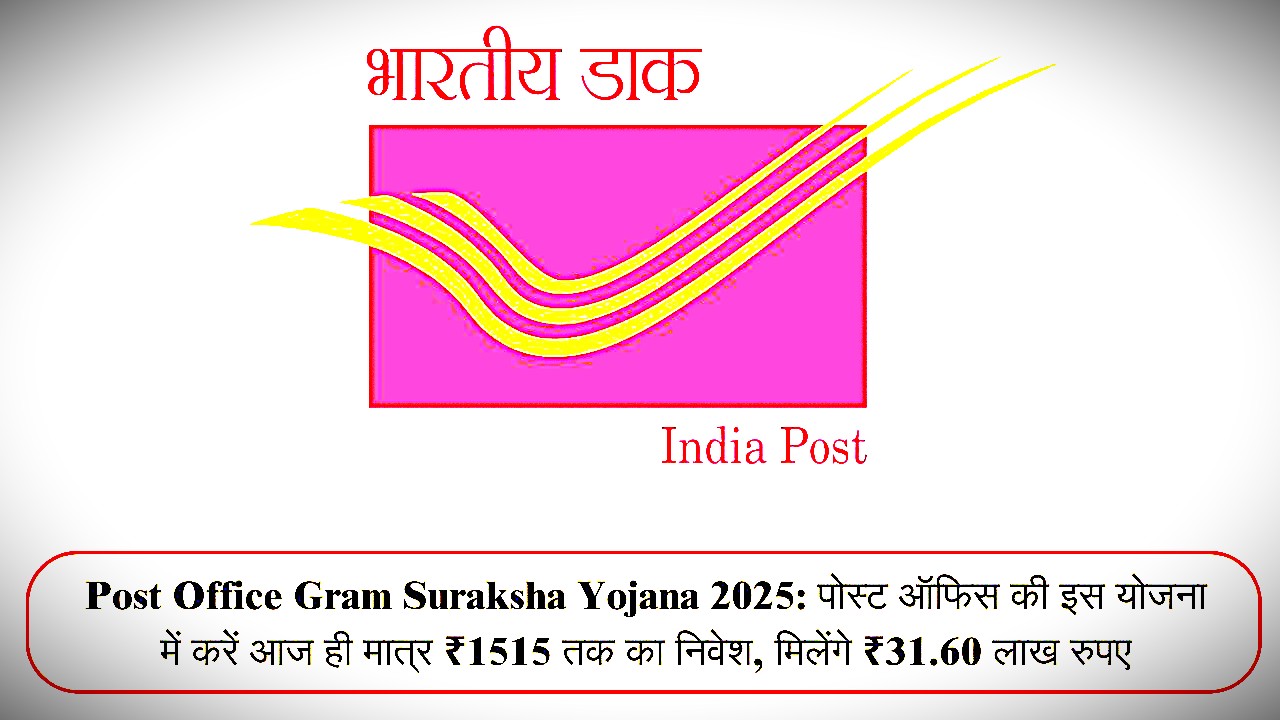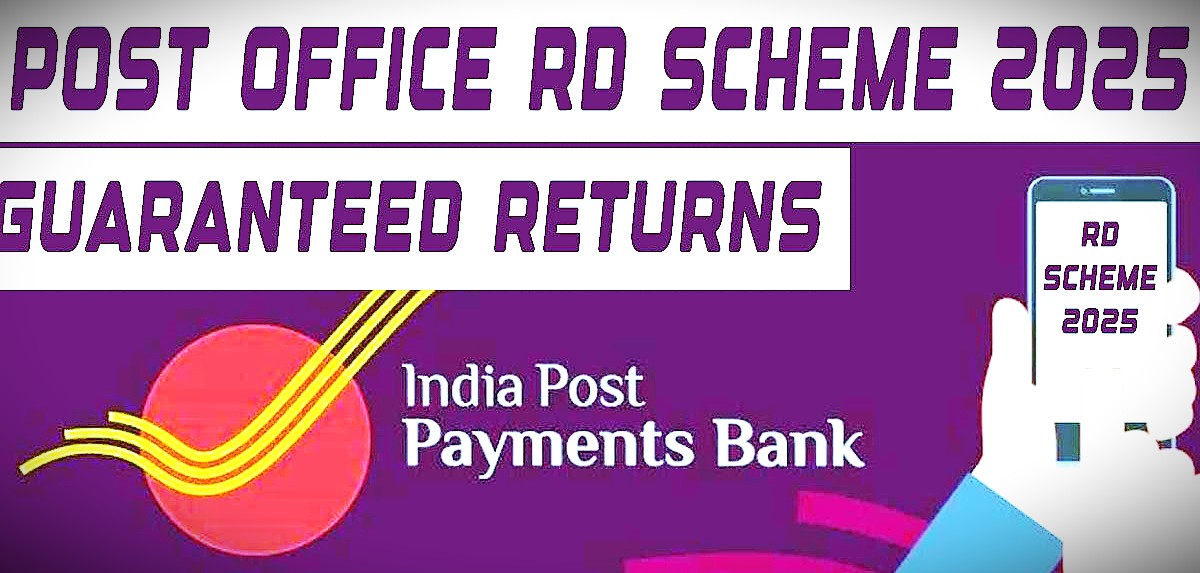Recurring Deposits (RDs) are a preferred savings tool for conservative investors in India. They offer a disciplined and systematic approach to saving, making them ideal for individuals with regular income who wish to build a secure financial future. Among the various RD options available, the SBI Recurring Deposit Scheme, offered by the State Bank of India (SBI), is one of the most trusted due to the bank’s strong reputation and nationwide reach.
The SBI RD Scheme allows you to deposit a fixed amount every month for a chosen tenure, ranging from 1 to 10 years. Interest is compounded quarterly and paid out along with the principal at maturity. With a minimum deposit requirement of just ₹100 per month, it caters to a wide range of savers. The scheme also offers competitive interest rates, additional benefits for senior citizens, and flexible features such as a loan facility against deposits and premature withdrawal (with penalties).
Opening an SBI RD account is easy—available both online through SBI YONO and net banking, or offline at any SBI branch. Whether you’re saving for a short-term goal or building a long-term financial cushion, the SBI RD Scheme provides a safe, consistent, and rewarding option for growing your savings.
What is the SBI Recurring Deposit Scheme?
The SBI RD Scheme is a term deposit where investors deposit a fixed amount every month for a pre-decided tenure. Interest is compounded quarterly and paid at maturity along with the principal. It is ideal for salaried individuals and others who want to develop a disciplined savings habit.
Key Features of SBI Recurring Deposit:
Feature Details:
- Minimum Deposit – ₹100 per month and in multiples of ₹10 thereafter
- Maximum Deposit – No upper limit (based on customer profile and bank discretion)
- Tenure Minimum:- 12 months
- Maximum: – 10 years
- Interest Rate – As per prevailing SBI FD interest rates (usually between 6.50% – 7.10%)
- Compounding Frequency – Quarterly
- Premature Withdrawal – Allowed with penalty on interest
- Loan Facility – Up to 90% of the RD balance
- Taxation – TDS applicable as per the IT Act
- Nomination Facility – Available
SBI RD Interest Rates 2025 (As of May):
SBI RD interest rates are aligned with their Fixed Deposit (FD) rates and can vary depending on the tenure and customer type (general vs. senior citizens).
| Tenure | Interest Rate (General) | Interest Rate (Senior Citizens) |
| 1 year | 6.80% p.a. | 7.30% p.a. |
| 2 years | 7.00% p.a. | 7.50% p.a. |
| 3-5 years | 7.10% p.a. | 7.60% p.a. |
| Above 5 years | 6.90% p.a. | 7.40% p.a. |
Note: Interest rates are subject to change as per RBI guidelines and bank policies. Always check SBI’s official website or visit the branch for updated rates.
Benefits of SBI Recurring Deposit:
- Safe and Secure: Backed by the Government of India, SBI offers unmatched trust and stability.
- Flexible Deposits: Start with as little as ₹100/month and choose a tenure that suits your goals.
- Attractive Returns: Higher than savings account interest, with quarterly compounding.
- Loan Facility: Tackle emergencies by availing loans against your RD balance.
- Automatic Deductions: Set up standing instructions from your savings account—no manual deposits needed.
- Senior Citizen Benefits: Enjoy additional interest rates for senior citizens.
- Digital Access: Open, manage, and monitor your RD via SBI YONO and internet banking.
How to Open an SBI RD Account?
You can open an RD account both online and offline:
Online via SBI YONO or Net Banking:
- Log in to https://retail.onlinesbi.sbi/
- Go to e-RD/e-SBI Flexi RD
- Select the account, input the deposit amount, and the tenure.
- Confirm details and submit.
Offline at Branch:
- Visit your nearest SBI branch.
- Fill out the RD account opening form.
- Submit KYC documents (ID proof, address proof)
- Deposit the first installment and collect the RD receipt.
Premature Withdrawal & Penalty:
If you withdraw your RD before maturity, SBI allows it but imposes a penalty of 0.50% to 1.00% on the applicable interest rate. No interest is paid if the RD is closed within one month.
Taxation on SBI RD:
- TDS: Interest earned on RD is taxable. TDS is deducted at 10% if the total interest exceeds ₹40,000 (₹50,000 for senior citizens) in a financial year.
- Form 15G/15H: Submit these forms if your income is below the taxable limit to avoid TDS.
SBI RD vs Other Investment Options:
| Feature | SBI RD | Fixed Deposit | Mutual Funds |
| Risk | Very Low | Low | Medium to High |
| Returns | 6.5–7.1% | 6.5–7.5% | 8–15% (market-linked) |
| Liquidity | Moderate | Moderate | High |
| Tax Benefits | No | In some 5-year FDs | ELSS (up to ₹1.5 lakh) |
Final Thoughts:
The SBI Recurring Deposit Scheme is an excellent choice for conservative investors who want to build a future corpus through small, regular contributions. It blends safety, decent returns, and flexibility, making it suitable for long-term goals like education, marriage, or emergency funds.
While it might not beat inflation like equity-based options, for those who value capital protection and predictable returns, SBI’s RD is a smart pick in 2025.
Quick Tips:
- Use the SBI RD Calculator to estimate maturity amounts.
- Automate monthly deposits to avoid penalties.
- Monitor your RD status regularly through SBI YONO or internet banking.
- Consider laddering your RDs for liquidity.
Note: Investors should conduct thorough research and consider consulting with a financial advisor before making investment decisions.















Leave a Reply